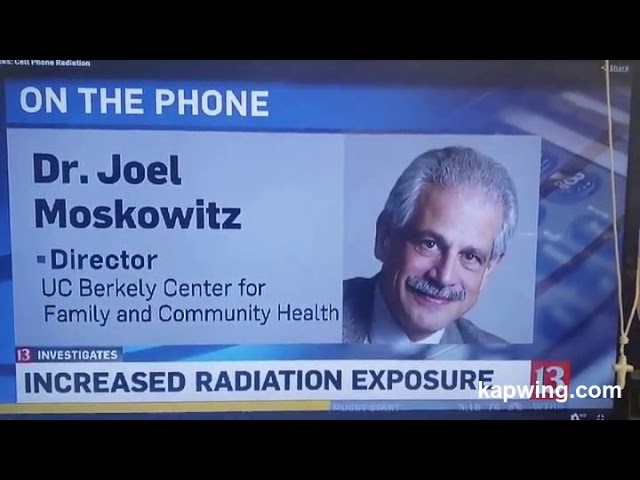In the pursuit of reducing exposure to cell phone radiation, consumers often turn to anti-radiation phone cases as a protective measure. However, recent findings suggest that certain designs, particularly magnetic detachable cases, and metal carrying strap loops might be doing more harm than good. This article explores how these specific types of cases can increase radiation exposure, a concern that requires immediate attention and action.
Understanding the Basics of Cell Phone Radiation: Cell phones emit electromagnetic radiation (EMR) to communicate with cell towers. Under normal conditions, this radiation is within safe exposure limits set by regulatory bodies. However, certain factors, such as the strength of the signal received by the phone, can drastically change these exposure levels.
The Study’s Alarming Revelation: A pivotal study titled “Real World Cellular Phone Radio-Frequency Electromagnetic Field Exposure” has shed light on a startling fact: cell phones used in areas of weak reception can emit microwave radiation levels up to 10,000 times more intense than in areas with strong signals. This finding is crucial in understanding the impact of phone case design on radiation exposure.
The Role of Magnetic Detachable Cases: Magnetic detachable anti-radiation cases are designed for convenience, allowing users to easily separate the phone from the case. However, the metallic components in these cases can interfere with the phone’s antenna, leading to weakened signal reception. According to the study, this weakened signal can cause the phone to ramp up its power output, inadvertently increasing the user’s exposure to radiation.
Design Flaws and Radiation Risks: The study highlights that any design feature in a phone case that degrades signal reception – such as metal loops or plates near the antenna – can be counterproductive. Instead of shielding the user from radiation, these designs might amplify it, especially in areas where signal strength is already compromised.
Recommendations for Safer Usage: To minimize exposure, the study recommends using phones in areas with strong signals, utilizing speakerphone functions, and maintaining distance from the body. For phone cases, the key is to choose designs that do not obstruct the phone’s antenna or signal reception.
Conclusion: The intention behind magnetic detachable anti-radiation cases is to provide safety and convenience. However, this study’s findings underscore the need for careful consideration of how these cases interact with a phone’s functionality. As technology evolves, so should our understanding and approach to safe usage. It is vital for manufacturers and consumers alike to stay informed about the implications of phone case design on radiation exposure, ensuring that safety remains the top priority.








